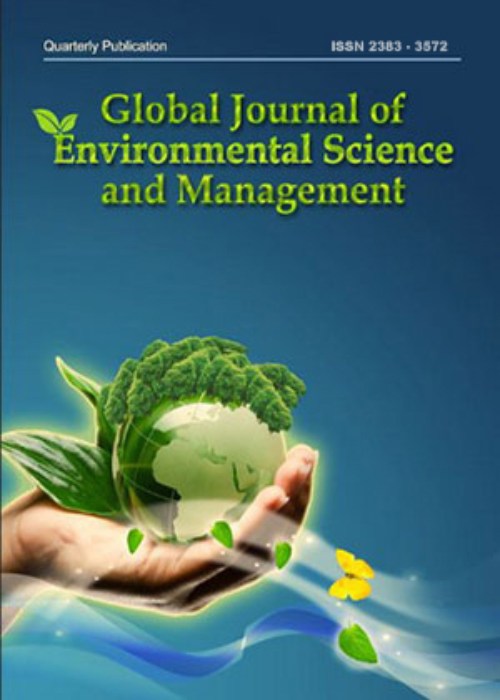Valuation of urban green open space using the Hedonic price model
Author(s):
Article Type:
Research/Original Article (دارای رتبه معتبر)
Abstract:
BACKGROUND AND OBJECTIVES
Urban green infrastructure, specifically green open spaces, is becoming increasingly significant in rapidly urbanizing areas. These spaces offer environmental, social, and economic advantages to urban ecosystems, thereby increasing community health and well-being. However, their economic value is often overlooked in urban planning. This study aims to conduct an economic valuation of green spaces by introducing the hedonic price model to equip decision-makers with a thorough and informed perspective.METHODS
A questionnaire created through Google Forms was distributed through a social media survey conducted from March to April 2021. The data collected from 1592 respondents in Jakarta were analyzed through a cluster analysis using the statistical package for social sciences software. The hedonic price model with ordinary least squares regression was adopted to create a valuation model for the green spaces in 42 districts and 239 sub-districts across the five administrative cities.FINDINGS
This study empirically shows that parks and urban forests increase land prices by 9.2, 17.1, and 19.2 percent, while cemeteries decrease them by 15 to 37.6 percent. Unlike most hedonic price model studies on the global north countries, which can be found in the literature, this work does not establish statistically significant relationships among urban forests, parks, cemeteries within a 0–500 meter radius, and land prices in Jakarta, but examines the economic value of green spaces, including their impact on land values and tax revenues. The land value increase is caused by the implementation of a beneficiary zoning levy within a designated impact zone of 0.5–2 kilometers. This study suggests policy implications, including the exploration of alternative financing mechanisms and the consideration of public preferences in urban development and financing policies.CONCLUSION
The applicability of the hedonic price model in Jakarta's mature and privatized land market is confirmed in this work, proving the importance of considering environmental factors and green spaces in land transactions and conversion, property development, conservation, and urban green space design. The results provide valuable information to policymakers, property developers, and land use planners, thereby preventing the undervaluation of green spaces and facilitating informed decisions on planning and public investment. Urban and built environmental management can significantly benefit from these findings, particularly when considering the aspects of green space size, social functions, and ecosystem services to enhance Jakarta's planning and management practices.Keywords:
Language:
English
Published:
Global Journal of Environmental Science and Management, Volume:10 Issue: 2, Spring 2024
Pages:
451 to 472
magiran.com/p2670005
دانلود و مطالعه متن این مقاله با یکی از روشهای زیر امکان پذیر است:
اشتراک شخصی
با عضویت و پرداخت آنلاین حق اشتراک یکساله به مبلغ 1,390,000ريال میتوانید 70 عنوان مطلب دانلود کنید!
اشتراک سازمانی
به کتابخانه دانشگاه یا محل کار خود پیشنهاد کنید تا اشتراک سازمانی این پایگاه را برای دسترسی نامحدود همه کاربران به متن مطالب تهیه نمایند!
توجه!
- حق عضویت دریافتی صرف حمایت از نشریات عضو و نگهداری، تکمیل و توسعه مگیران میشود.
- پرداخت حق اشتراک و دانلود مقالات اجازه بازنشر آن در سایر رسانههای چاپی و دیجیتال را به کاربر نمیدهد.
In order to view content subscription is required
Personal subscription
Subscribe magiran.com for 70 € euros via PayPal and download 70 articles during a year.
Organization subscription
Please contact us to subscribe your university or library for unlimited access!


